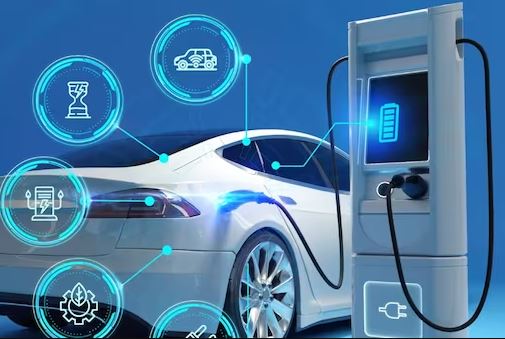In the automobile industry, rare-earth elements are a constant used to create permanent magnets that generate greater magnetic fields. An upgraded, inexpensive hefty rare earth-free magnet that was created by Indian scientists could soon increase the nation’s output of electric vehicles (EVs).
Researchers at the International Advanced Research Centre for Powder Metallurgy & New Materials (ARCI) for Automotive Energy Materials have created an enhanced rare earth Neodymium Iron Boron (Nd-Fe-B) magnet, which is in great demand for electric vehicles and may lower their price.
Pure Nd-Fe-B magnets lack the ability to withstand the high temperatures of 150–200 degrees Celsius at which the Nd-Fe-B magnets used in electric vehicles (EVs) must work.
One of the most sought-after permanent magnetic materials for numerous technological applications since its discovery in 1984 is Nd-Fe-B magnets. It should be mentioned that this rare earth magnet is used in brushless DC (BLDC) motors, which are found in over 90% of electric vehicles.
Globally, scientists are working to increase Nd-Fe-B magnets’ coercivity (resistance to demagnetization).
Thanks to the use of a low melting point alloy that serves as the source for the non-magnetic element, Indian researchers have now been able to increase the coercivity of Nd-Fe-B melt-spun ribbon that contains Niobium (Nb). According to a statement from the Ministry of Science & Technology, “the coercivity value of 1 T at 150oC necessary for automotive applications reported in this research published in Materials Research Letter could be a valuable technique to produce magnets without Dysprosium metal or EV applications.”
The research center has now taken the risk of establishing a pilot plant for the production of Nd-Fe-B magnets with a near-net form in the hopes that the approach will be investigated for the magnets produced in the pilot plant.
The ministry continued, “The innovative approach might potentially be employed for commercial Nd-Fe-B magnet manufacture in India, lowering imports that meet the main needs of the automobile sector.”








